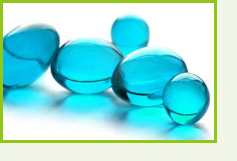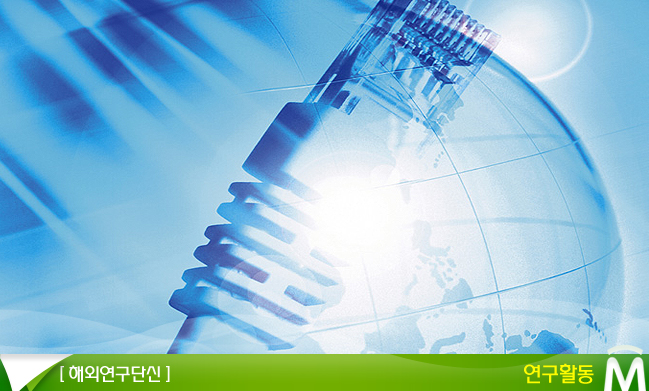KIMS 해외단신 39호
 플래시 메모리의 미래, 가돌리늄
플래시 메모리의 미래, 가돌리늄
Glorious Gadolinium Gives Flash Memory a Future

merican Institute of Physics가 발행하는 Applied Physics Letters에 희토류 가돌리늄(gadolinium)을 이용하여 새로운 논리를 제시한 대만 Chang Gung University 과학자에 따르면 미래의 플래시 메모리는 나노 크리스탈 소재를 사용해 기본 디자인을 바꾸지 않고도 더욱 빠른 속도로 더 많은 양의 데이터를 보존할 수 있게 된다.
오늘날 휴대 전자기기에 없어서는 안 될 기존의 플래시 메모리가 고속을 추구하게 되면서 floating-gate 구조가 계속적으로 움츠러들어 성능이 향상되기가 힘들뿐만 아니라 대용량을 저장할 수 있는 저장 능력도 저하될 것이라는 점은 반도체 산업계에서 이미 잘 알려진 사실이다. 이러한 상황은 세계의 많은 학자들이 새로운 디자인의 대체 메모리를 연구하도록 만들었다. 하지만 이들 연구 중 산업계에서 가장 주목하고 있는 연구는 기존의 floating-gate 디자인을 거의 변화시키지 않으면서 그 성능을 향상시키는 것이다.
대만 Taoyuan, Chang Gung University, Chao-sung Lai 박사 연구그룹은 바로 그러한 것을 연구해 좋은 결과를 얻었다. 그들은 산화 가돌리늄-이미 다른 마이크로전자공학 분야에서 응용되고 있는 저비용의 희토류 혼합물-로 만들어진 floating gate가 미래 플래시 메모리를 소형, 고속, 고성능으로 만드는 쓰기/지우기 속도와 데이터 유지 성능을 보유하고 있다는 사실을 증명했다.
Lai박사는 “이 메모리의 저압(low-voltage)과 저역률 운전(low-power operation)은 미래 스마트폰과 다른 통신 분야 응용을 위해 꼭 필요한 매력적인 성능이다.”고 말했다.
Chnag Gung University 연구팀은 이 분야 연구에서 성공할 수 있는 두 가지 중요한 통찰력을 가지고 있었다. 작년에 그들은 결정화된 무정형 산화 가돌리늄이 모이면 미래 floating-gate 플래시 메모리에 필요한 전기적 성능을 가지게 된다는 사실을 발견했다. 그들은 무정형의 형틀 안에 산화 가돌리늄 나노크리스탈을 생성한 후, 그것을 재료의 성능을 높여주는 플루오르를 포함한 플라즈마에 노출시켰다. 그들이 사용한 모든 소재와 공정이 반도체 산업계에서 이미 잘 알려져 있기에 Lai박사는 이 디자인이 결국 상용화 될 것으로 전망하고 있다.
이 연구는 National Science Council과 Chang Gung University가 지원했다.
http://www.sciencedaily.com/releases/2010/08/100824171626.htm 